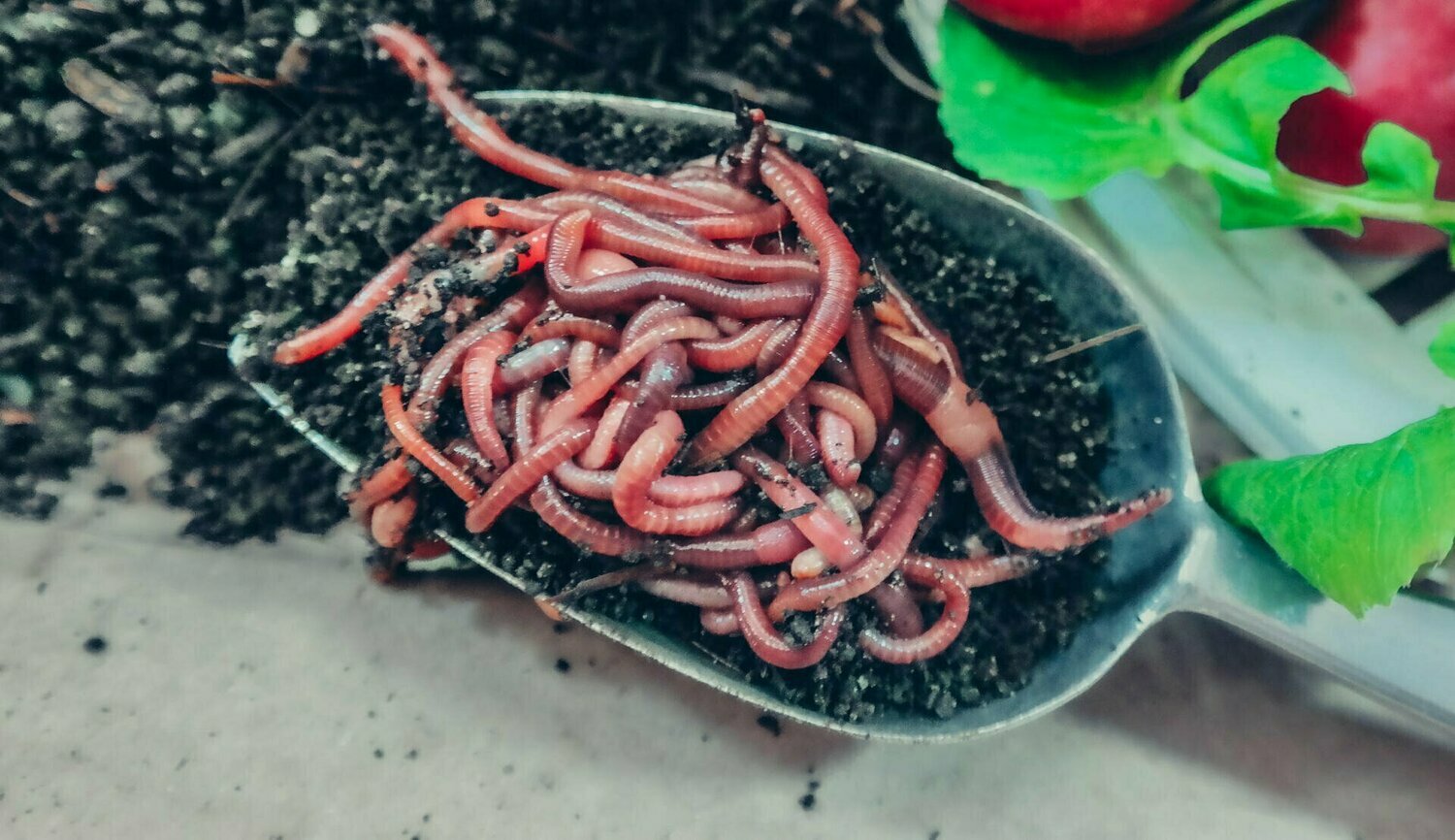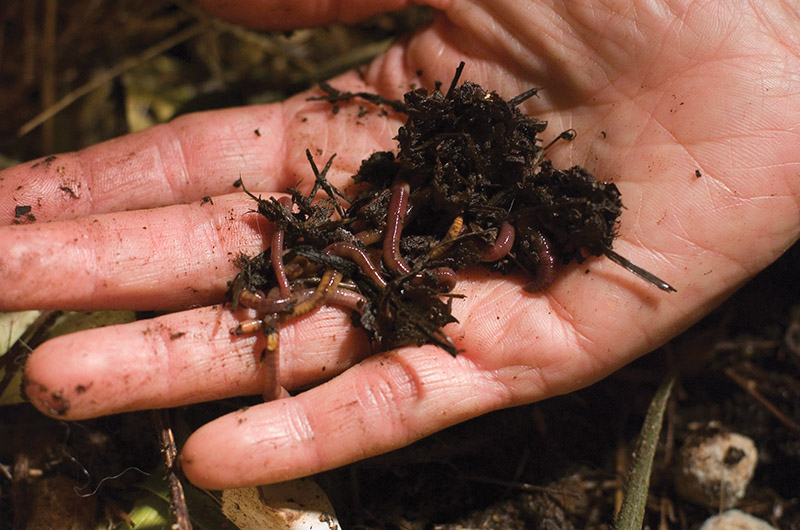Utilizing Red Wigglers for Reliable Organic Waste Disposal
Making use of red wigglers for organic garbage disposal presents an engaging strategy to managing food scraps while advertising ecological sustainability. These worms not only boost waste decomposition however also yield valuable worm castings, which can considerably boost soil health and wellness. Their ability to process big volumes of natural product with very little initiative settings them as an available service for families and areas alike. Nevertheless, understanding the nuances of setting up an effective worm container and maintaining an optimal habitat is essential for optimizing their advantages. The next action in this process might surprise you.
Advantages of Making Use Of Red Wigglers
Among one of the most compelling advantages of using red wigglers for organic garbage disposal is their remarkable performance in composting. These worms, clinically known as Eisenia fetida, are particularly adapted for damaging down natural materials, enabling them to refine waste approximately two times their body weight every day. This fast disintegration not only speeds up the composting procedure however likewise generates nutrient-rich worm spreadings that dramatically enhance dirt quality.
Furthermore, red wigglers add to a decrease in garbage dump waste. By diverting organic materials from landfills, they aid minimize methane emissions-- a potent greenhouse gas. This eco-friendly benefit is critical in the battle versus environment modification.
Furthermore, red wigglers are low-maintenance and can prosper in numerous atmospheres, making them available for both newbie and seasoned composters. Their capacity to duplicate swiftly guarantees a steady populace, assisting in recurring waste processing.
Establishing Your Worm Bin
Developing an effective worm container is important for taking full advantage of the benefits of composting with red wigglers. The primary step is choosing an ideal container. A container constructed from plastic or timber, with an ability of 10 to 20 gallons, is ideal. Make certain the container has appropriate drainage openings to stop excess moisture, as red wigglers grow in a wet but not soaked atmosphere.
(red wiggler worms)Following, prepare the bedding material, which offers as the worms' habitat and food source. The container must be put in a dark, temperature-controlled area, ideally between 55 ° F and 77 ° F, to keep worm task.
When the bin is set up, present the red wigglers, permitting them to acclimate to their brand-new atmosphere. It's essential to keep an eye on moisture degrees and temperature regularly. A well-maintained bin will not only sustain the wellness of the worms yet also promote efficient decomposition of organic waste. By adhering to these standards, you can produce a growing community that adds to sustainable waste monitoring.
(redworms for composting)
What to Feed Red Wigglers
An understanding of the appropriate diet for red wigglers is important for maintaining a healthy worm population and maximizing composting effectiveness. These products not just offer crucial nutrients yet also contribute to the moisture balance within the worm bin.
It is crucial to stay clear of particular foods that can harm the worm populace. Red wigglers must not be fed meat, dairy products, oily foods, or refined things, as these can bring in parasites and produce unpleasant smells. red wigglers. In addition, citrus fruits and spicy foods should be reduced, as their level of acidity can be harmful to worms
Checking the worm bin for food intake prices will certainly help ensure that red wigglers are getting an appropriate diet plan while preserving a reliable composting atmosphere. Appropriate feeding techniques are crucial for fostering a flourishing ecological community within the worm bin.
Preserving Your Worm Habitat
A properly maintained worm habitat is crucial for the wellness and productivity of red wigglers. To make sure optimum conditions, it is important to keep track of temperature, moisture, and oygenation within the worm container. Red wigglers grow in a temperature level array of 55 to 77 levels Fahrenheit. Exceeding this range can emphasize the worms, so it is very important to place the container in a suitable place away from direct sunlight and severe temperature levels.
An excellent guideline of thumb is to keep moisture at approximately 70% to 80%. If the bed linens ends up being also damp, it can lead to anaerobic problems that are harmful to the worms.

Utilizing Worm Castings in Horticulture
Rich in nutrients and beneficial microbes, worm spreadings serve as an extraordinary organic fertilizer for gardening. Produced through the digestive system procedures of red wigglers, these castings include a range of necessary nutrients, consisting of nitrogen, phosphorus, and potassium, which promote durable plant development. Unlike synthetic plant foods, worm spreadings offer a slow-release mechanism, guaranteeing that nutrients are readily available to plants over a prolonged duration, therefore lowering the risk of nutrient leaching and dirt depletion.
Along with nutrition web content, worm castings boost soil framework and aeration, improving moisture retention and drain. The microbial life present in worm spreadings aids to reduce virus and advertises a healthy and balanced soil ecological community, further benefiting plant health and wellness. When integrated right into the dirt or made use of as a leading dressing, worm spreadings can substantially increase seed germination rates, root advancement, and general plant vitality.
For optimal outcomes, gardeners need to apply worm castings at a rate of 1-2 inches per square foot, mixing them into the soil or integrating them into potting blends. Generally, making use of worm spreadings is a green approach to enriching dirt fertility and guaranteeing growing garden atmospheres.
Verdict
